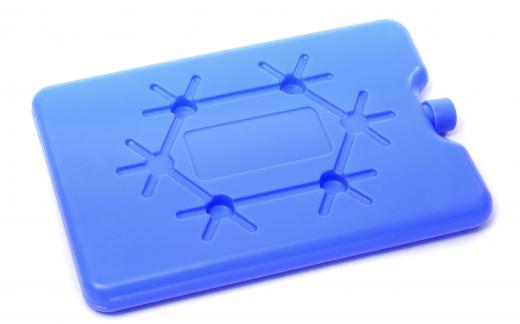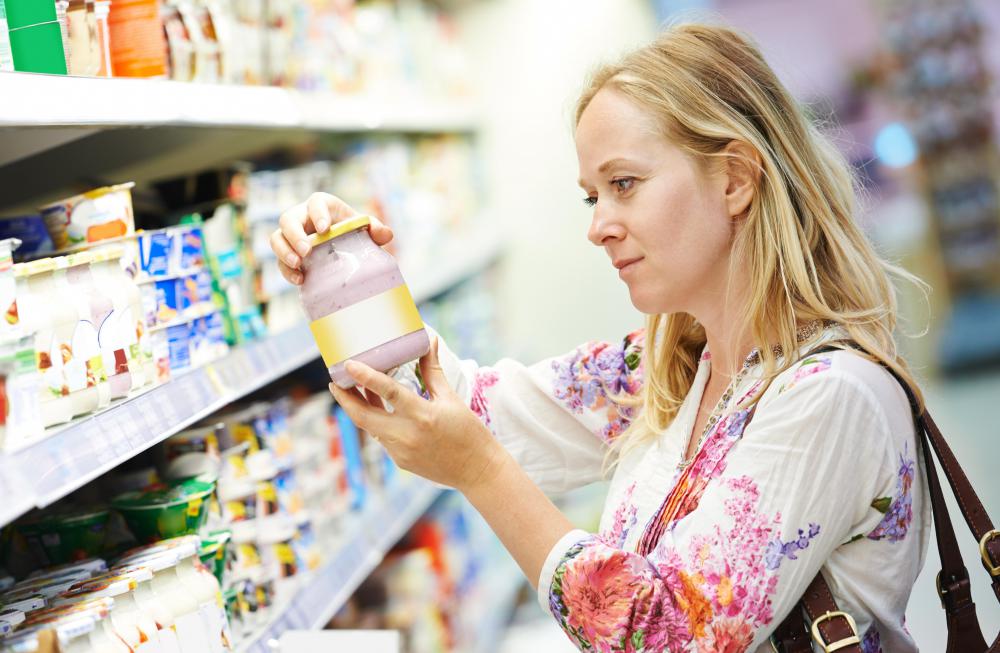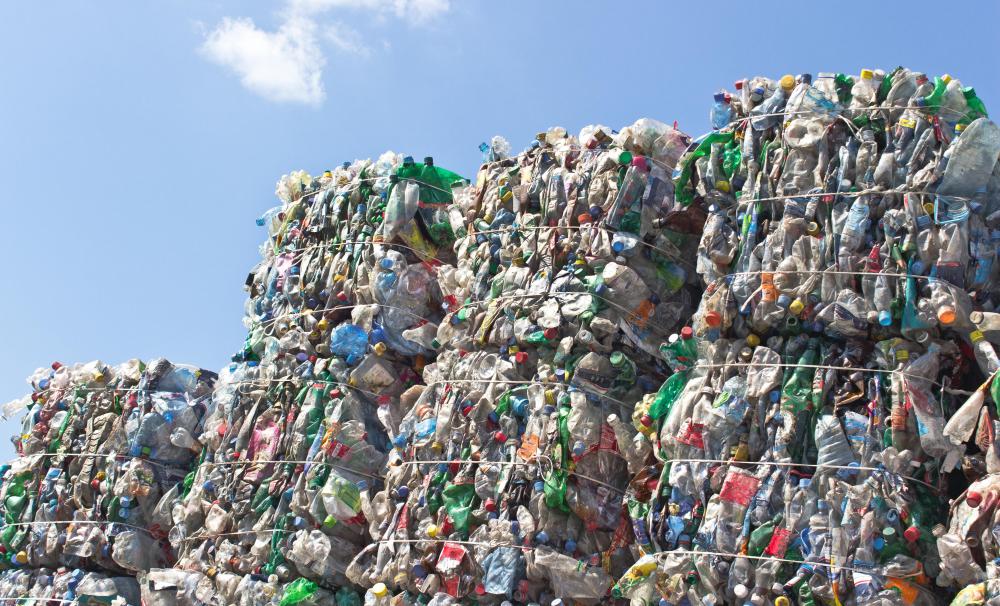At AllThingsNature, we're committed to delivering accurate, trustworthy information. Our expert-authored content is rigorously fact-checked and sourced from credible authorities. Discover how we uphold the highest standards in providing you with reliable knowledge.
What Are the Different Types of Environmentally-Friendly Products?
Typically, environmentally-friendly products fit into one or more of several categories. Some eco-friendly products are considered green because their ingredients are safe and biodegradable. Others are wrapped in recycled or recyclable packaging, or they are themselves recyclable or reusable products. Most sustainable products are also green, but their eco-friendliness can vary depending on the materials and availability. For many customers, finding truly environmentally-friendly products takes a little research, comparison shopping, and balancing the environmental pros and cons.
Some environmentally-friendly products are considered environmentally friendly because their ingredients are safe for the environment, as well as humans and animals. Examples of these kinds of green products include cleaning supplies, cosmetics, and hygiene products. Generally, any kind of item that contains chemicals or other ingredients to which living beings and the environment will be directly exposed falls in this category.

Reading labels is a good way to find these kinds of eco-friendly products, but not all labels or advertising make entirely accurate claims. This is known as “green washing,” and it means the company makes false claims about its products’ eco-friendly properties. Fortunately, customers can look to certain nonprofit and “watch dog” organizations to find how some products rate on the eco-friendly scale.

Often, a product’s packaging will help people measure its eco-friendliness. Many environmentally-friendly products come in packaging made from recycled material, or at least material consumers can recycle. Some companies try to make their eco-friendly products as green as possible by keeping the packaging to a minimum. Recyclable products take it one step further because consumers can recycle or reuse them once they are finished using them for their original purposes. Such products might include glass jars reused as storage containers and fabrics repurposed as cleaning rags or quilt and other craft materials.

Sustainable products are examples of environmentally-friendly products made from materials that are quickly renewable and can be used again and again. Examples of such reusable products include aluminum water bottles good for avoiding plastic and clothing made from hemp or bamboo instead of cotton. Still, sustainable products are not always so sustainable in every part of the world. For example, bamboo is a sustainable material, but shipping it to parts of the world where it can not grow can add to air pollution as well as the use of nonrenewable resources like gas and oil. Consequently, some people have to find a balance between sustainable and eco-friendly, beyond just the product itself.
Frequently Asked Questions
What defines a product as environmentally friendly?

An environmentally friendly product is designed to minimize its impact on the planet. This can include using sustainable or recycled materials, employing production processes that reduce waste and pollution, and creating products that are biodegradable or recyclable. The goal is to conserve natural resources and reduce the carbon footprint associated with the product's lifecycle.
Can you give examples of environmentally friendly materials used in products?

Environmentally friendly materials include bamboo, which grows quickly and doesn't require pesticides, and organic cotton, which is cultivated without harmful chemicals. Recycled plastics and metals are also used to reduce waste. Bioplastics, made from plant-based materials, are another example, as they can biodegrade more easily than traditional plastics.
How do environmentally friendly products benefit the ecosystem?
Environmentally friendly products benefit the ecosystem by reducing pollution, conserving resources, and supporting biodiversity. For instance, products that avoid harmful chemicals help maintain water quality and protect aquatic life. Sustainable farming practices for materials like organic cotton preserve soil health and support a diverse range of organisms.
Are environmentally friendly products more expensive than conventional ones?
Initially, environmentally friendly products may have higher price tags due to the sustainable materials and ethical labor practices often involved in their production. However, prices are decreasing as demand grows and production methods improve. Moreover, the long-term cost savings from durability and energy efficiency can offset the initial investment.
What is the significance of certifications for environmentally friendly products?
Certifications like Energy Star for appliances or the Forest Stewardship Council (FSC) for wood products indicate that an item meets strict environmental standards. These certifications help consumers make informed choices by ensuring the products they purchase have been independently verified to have a reduced environmental impact.
How can consumers verify the claims of environmentally friendly products?
Consumers can verify claims by researching the company's sustainability practices, looking for third-party certifications, and reading product labels for specific information about materials and production processes. Transparency is key, and reputable companies often provide detailed information about their environmental efforts and product lifecycle impacts.
AS FEATURED ON:
AS FEATURED ON:















Discussion Comments
I actually think the government should be doing more to ensure that industry cleans up its act. In several countries in Europe, companies are considered responsible for disposing of their packaging, and if they don't make it recyclable, they end up with fines.
If that was true everywhere, then there would be a lot less plastic in the ocean right now.
@KoiwiGal - It's not really that simple. It's OK for people with a lot of money to burn to buy locally at a whim because they can afford it and maybe for those few products it ends up being more environmentally friendly. But it just wouldn't be possible for the majority of humanity. How would you feed New York City with local produce? You would either have to use unsustainable growing techniques (and even then I doubt you could do it), or you'd have to ship in goods from other places.
And cities are by far the most environmentally friendly way of living, contrary to what a lot of people think. They force people to live in close quarters, where they can centralize all their byproducts and deal with them efficiently, not to mention cutting down transport pollution.
People should try to live as greenly as possible, but buying locally isn't the only answer.
This can be such a tricky subject, particularly when you take transport into the equation. Because you might have the most sustainable production in the world, but if you then ship your product across the country it shouldn't be considered an Earth friendly product.
That's why buying local is almost always the best option. That way you know how far it had to go before it reached you and often you can find out exactly how it was made as well.
Post your comments